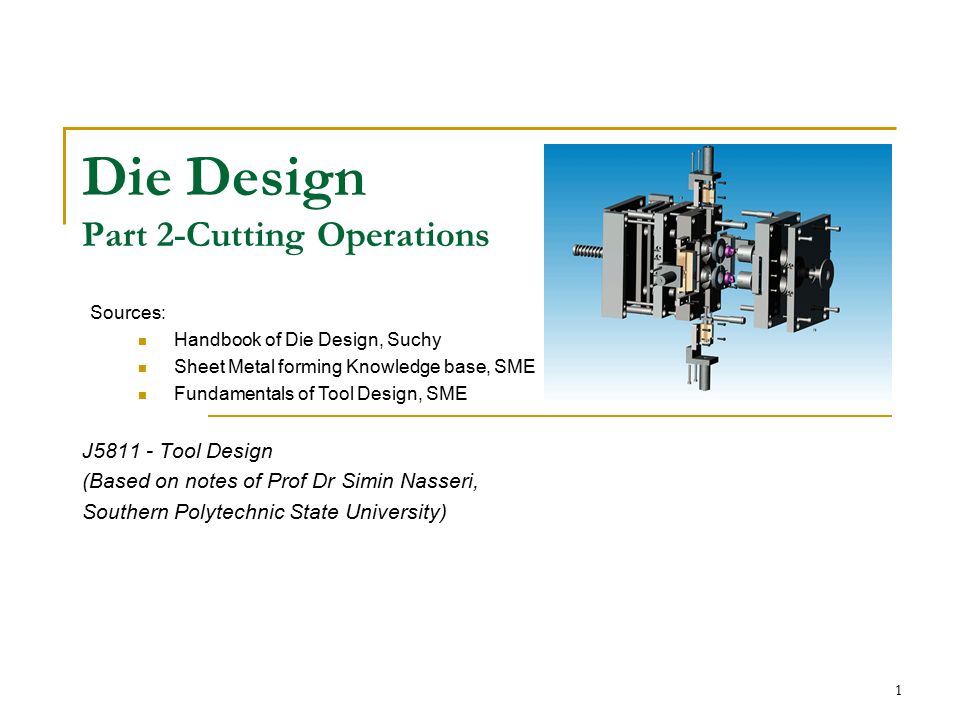

This forging technique is mostly used as secondary operations. It’s done when the metal is in red hot condition. This process is mainly used to separate materials into pieces. The process is carried on a forging shop, hence the name forged welding. You can achieve this through hammering or pressing.

It aims at increasing the length of metal. This is used to refer to the process of joining two metals. It is commonly used to produce holes in the work piece. Metal/material to be punched is placed on a hollow cylindrical die. It is mainly needed for those parts that should be used near bends. This is one of the most common forging operations. Generally, the metal flow is always confined in the horizontal direction. In this process, the metal is manipulated into the desired shape by striking it between two dies. It is one of the most common type of drop forging operation. This technique is commonly used to make the internal combustion of engines. In this metal forging technique, the cross-sectional area of metal decreases as the length of the metal is increased.Ī reasonable amount of force is applied to the work piece when the bottom of the fuller is maintained at an angle hole.Īt the same time, the stock heated as the fuller top is kept above the stock. It is commonly used in manufacturing processes such as production of bolts. Up-setting force can be applied in the direction that is parallel to the length axis. This forging technique is mainly used to increase the cross sectional area of metal at the expense of length.
#Forging die design handbook series
It may involve a series of process such as: blanking, drawing, piercing and trimming. You also need a deep drawing to confirm the follow thing:Īt times, deep drawing may not be a single process. This aims to transform the material to a desired shape.īefore any metal fabrication, to get an accurate component ,you will always need a CAD drawing to confirm all details like shape, size etc.Sometime you even need the 3 D print to see how your components will look like.

That is, the orientation of grain pattern may change.ĭuring forging process, metal can be subjected to a number of processes. Normally, during plastic deformation,metals tend to change their structural composition. To get components with improved physical properties, it is important that the technique aims at refining grain structure of the metals. It is worth considering how a given technique will affect the final grain structure of the metal. There are a number of factors you need to consider in any metal forging works.Īny technique adopted for a manufacturing process should relate to the exact specifications of the final product. This may involve a number of metal fabrication techniques. In the modern manufacturing process, it is to produce complex shapes with minimal secondary operations.Īt times, they may not be manufactured using a single metal forging technique. It is important that you understand every aspect of the entire process to be able to make informed decisions.įorging process refers to all the steps that engineers and technicians use to shape the metal into a desired shape. Therefore, the technician or the engineer should understand the basic principles that govern the entire process. In most industries, the individual metals must be tested to determine the technique that should be adopted. Normally, it is used to process all metals such as steel, iron, brass, etc. In fact, with these machines, it is possible to obtain very complex shapes.(like below one for brass parts)īy deforming the work piece, one can create a desired geometrical shape. This guarantees a high level of accuracy and precision. Machines that are used in modern part processing are efficient, reliable and more sophisticated. This is due to the wide range of benefits it has to offer. That is, from small bolts to turbine rotors.ĭespite being an ancient technology, it has been adopted even in the modern metal part manufacturing. They can forge both small and large equipment. Modern forging machines are effective and efficient. It was during the industrial revolution that man adopted the use of machines.

That is, they could deform material parts using bare hands. The early man depended on a rudimentary manufacturing process. In fact, these were very rudimentary tools ever created by the ancient man. It is one of the oldest metal working arts.Īt times, one may refer to it as primitive blacksmith – Iron Age. In fact, the tools that were used before Homo sapiens existed were produced by metal forging. This manufacturing technique has been around for years. Chapter 2: Forging Process Traditional vs.


 0 kommentar(er)
0 kommentar(er)
